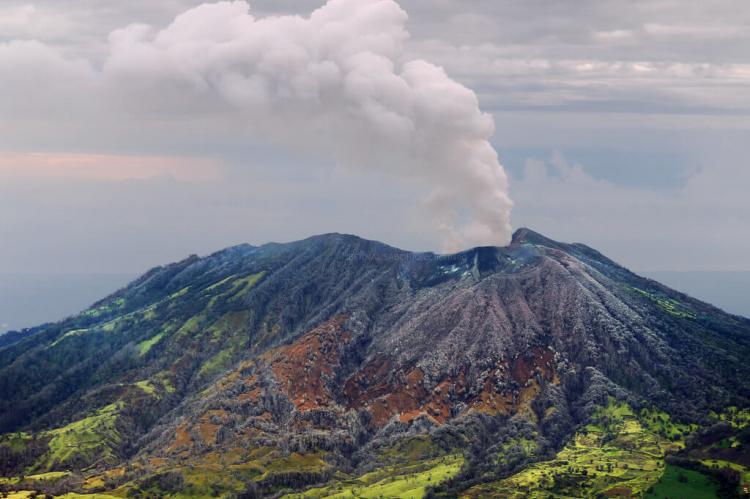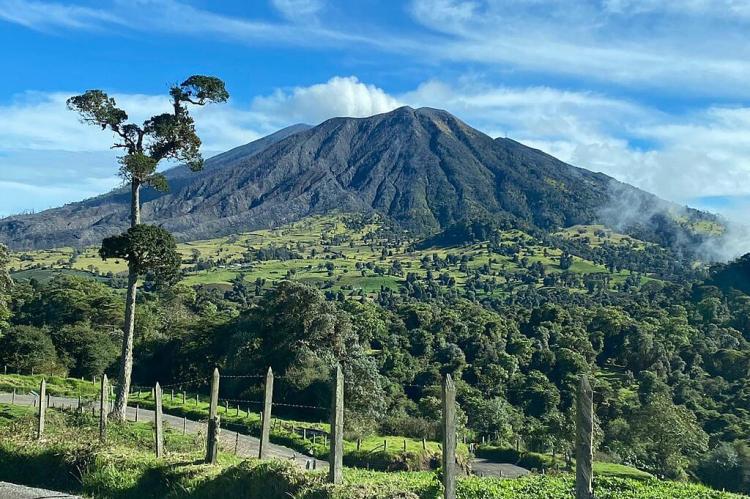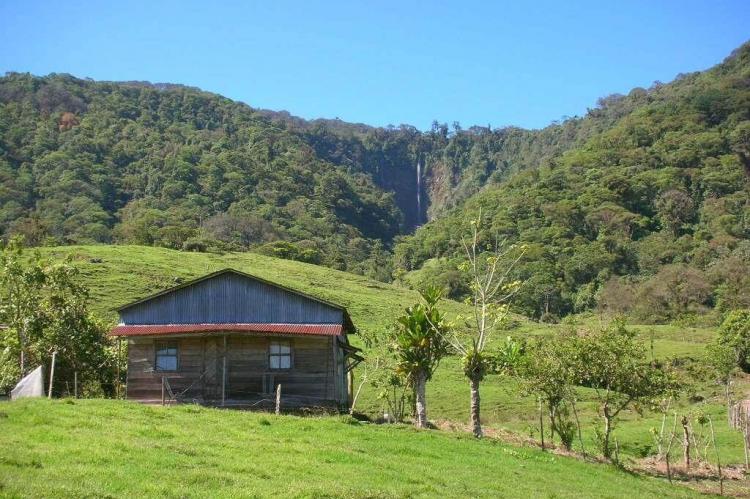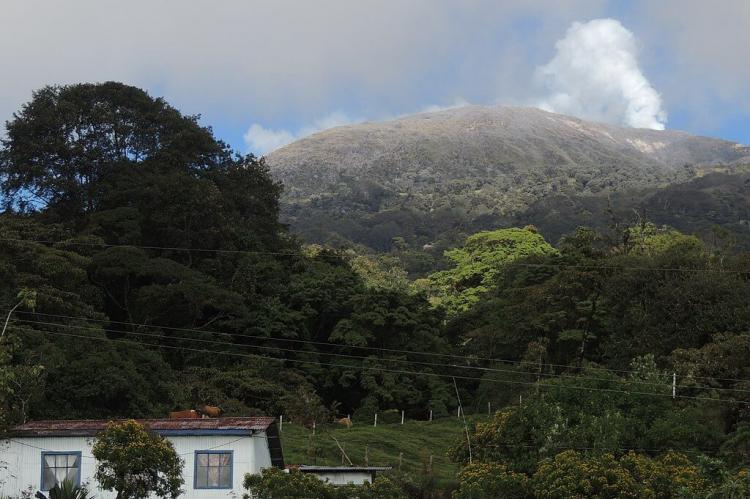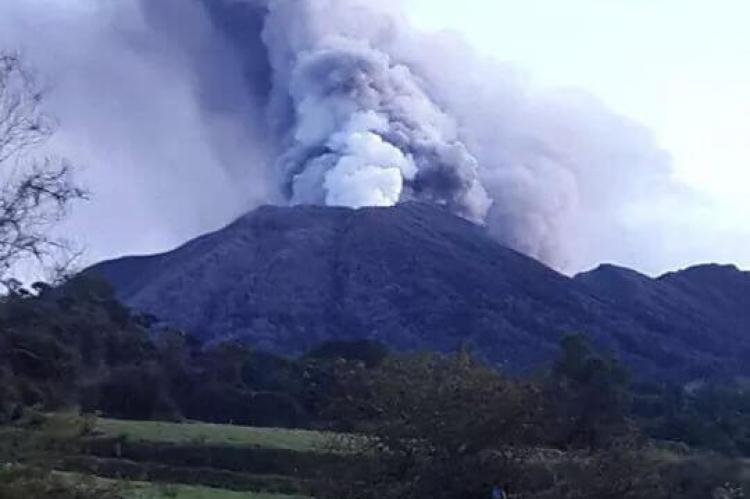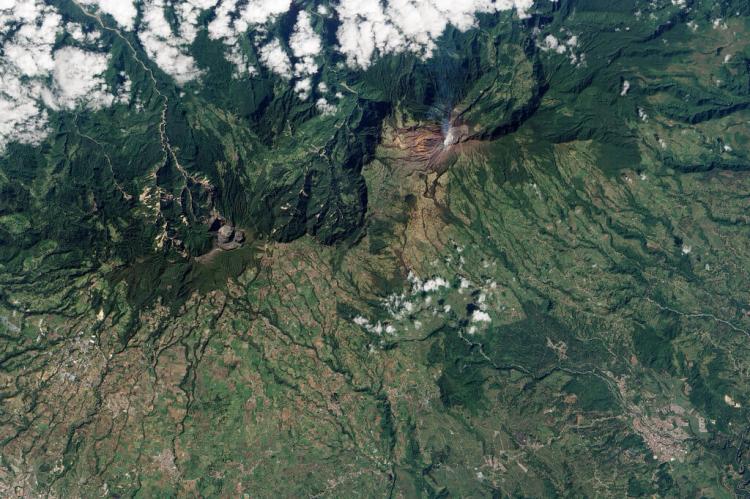Turrialba Volcano: Costa Rica's Fiery Sentinel
Towering over the lush landscapes of Costa Rica's Cartago Province, the Turrialba Volcano is a majestic and awe-inspiring natural wonder. This stratovolcano is part of the easternmost portion of the Central America Volcanic Arc, and the Turrialba Volcano National Park encompasses the area.
Turrialba Volcano: Costa Rica's Fiery Sentinel
Towering over the lush landscapes of Costa Rica's Cartago Province, the Turrialba Volcano stands as a majestic and awe-inspiring natural wonder. This stratovolcano, part of the easternmost portion of the Central America Volcanic Arc, is a breathtaking sight and a testament to the raw power and dynamism of our planet's geological forces. The Turrialba Volcano National Park, a protected area encompassing the volcano and its surroundings, offers visitors a unique opportunity to witness this natural marvel while immersing themselves in the region's rich biodiversity.
Geological Grandeur
A Towering Presence
With a maximum elevation of 3,340 meters (10,958 feet) above sea level, Turrialba is the second-highest volcano in Costa Rica. It affords visitors stunning vistas of the Caribbean plains, the Turrialba Valley, and the majestic Talamanca mountain range. Two distinct cones have formed on its slopes: Cerro Tiendilla at 2,971 meters (9,747 feet) and Armado at 2,750 meters (9,022 feet). The volcano's flanks are adorned with three craters and dry lava flows, a testament to its tumultuous past.
A History of Eruptions
Turrialba Volcano has a long and storied history of eruptions, with significant events recorded between 1864 and 1868. However, it was in 2014 that volcanism on the mountain increased dramatically, with ash clouds repeatedly impacting portions of the country with gritty soot deposits. In 2015, the volcano's activity even led to temporary closures of Juan Santamaría International Airport in the capital city of San José. During October 2015, Turrialba entered a shorter but more explosive eruption period, further showcasing its unpredictable and dynamic nature.
Turrialba Volcano National Park
A Protected Natural Wonder
Turrialba Volcano National Park is a part of the Central Conservation Area of Costa Rica and encompasses the area around the Turrialba Volcano in the Cartago Province. This protected area, situated within the Cordillera Volcánica Central Biosphere Reserve, is approximately 24 kilometers (15 miles) northwest of Turrialba.
Due to the volcano's increased activity, the park was closed to tourists in 2012 but reopened on December 4, 2020, after implementing various safety measures, including constructing emergency shelters, renovating the visitor center, and adding railings at lookout spots. However, a two-kilometer perimeter closure around the crater remains for visitor safety.
Biodiversity Haven
Flora and Fauna of Turrialba
Turrialba Volcano National Park is part of the Talamancan montane forests ecoregion and boasts a rich and diverse array of plant and animal life. The park's flora is represented by species such as oak (Quercus sp.), Orange blossom bush (Clusia sp.), Candelillo (Piper sp.), cipresillo (Podocarpus sp.), Chili grind (Drymis granadensis), and bayberry (Weinmannia pinnata), among others.
The park's avian population is equally impressive, with 84 identified bird species, many of which are in the crater area. Notable species include the red-tailed hawk (Buteo jamaicensis), green-fronted lancebill hummingbird (Doryfera ludoviciae), chispita volcanera (Selaphorus flammula), jilguerillos (Catharus ustulatus), tangaras (Tangara spp.), and carpenters (Picoides villosus).
Eleven species of mammals, such as the coyote (Canis latrans), rabbit (Sylvilagus dicei), armadillo (Dasypus novemcinctus), and smelly fox (Didelphis marsupialis), have also been reported within the park's boundaries.
Turrialba Volcano National Park is a true gem in Costa Rica's natural heritage. With its breathtaking landscapes, rich biodiversity, and awe-inspiring geological features, it offers visitors a unique and unforgettable experience at the intersection of nature's beauty and raw power.
